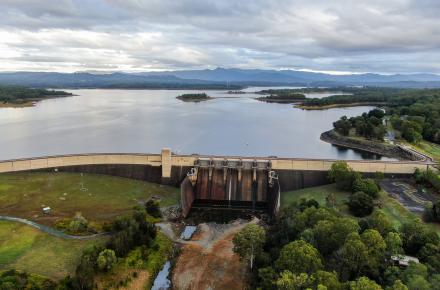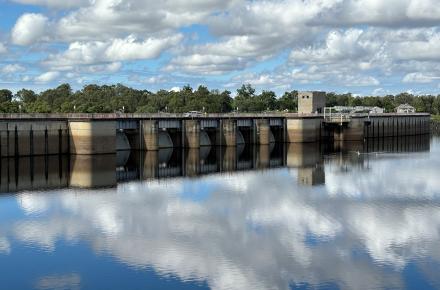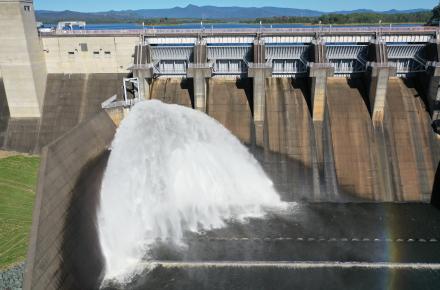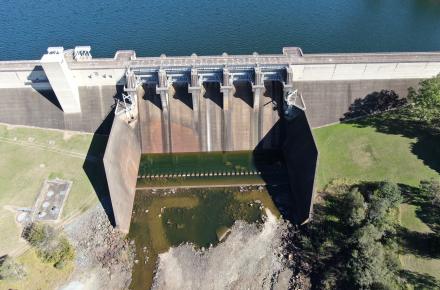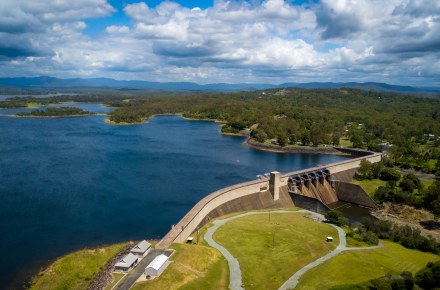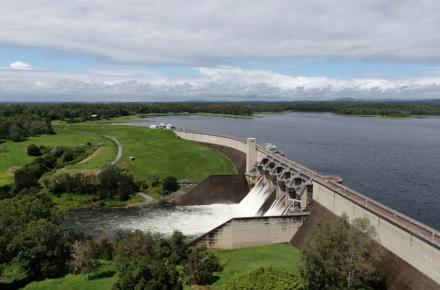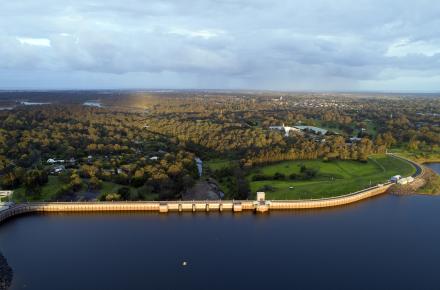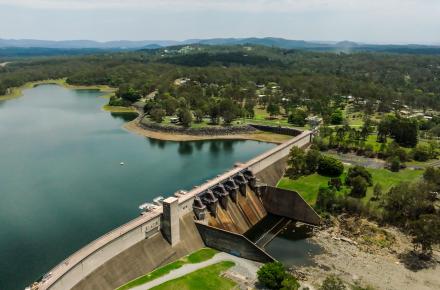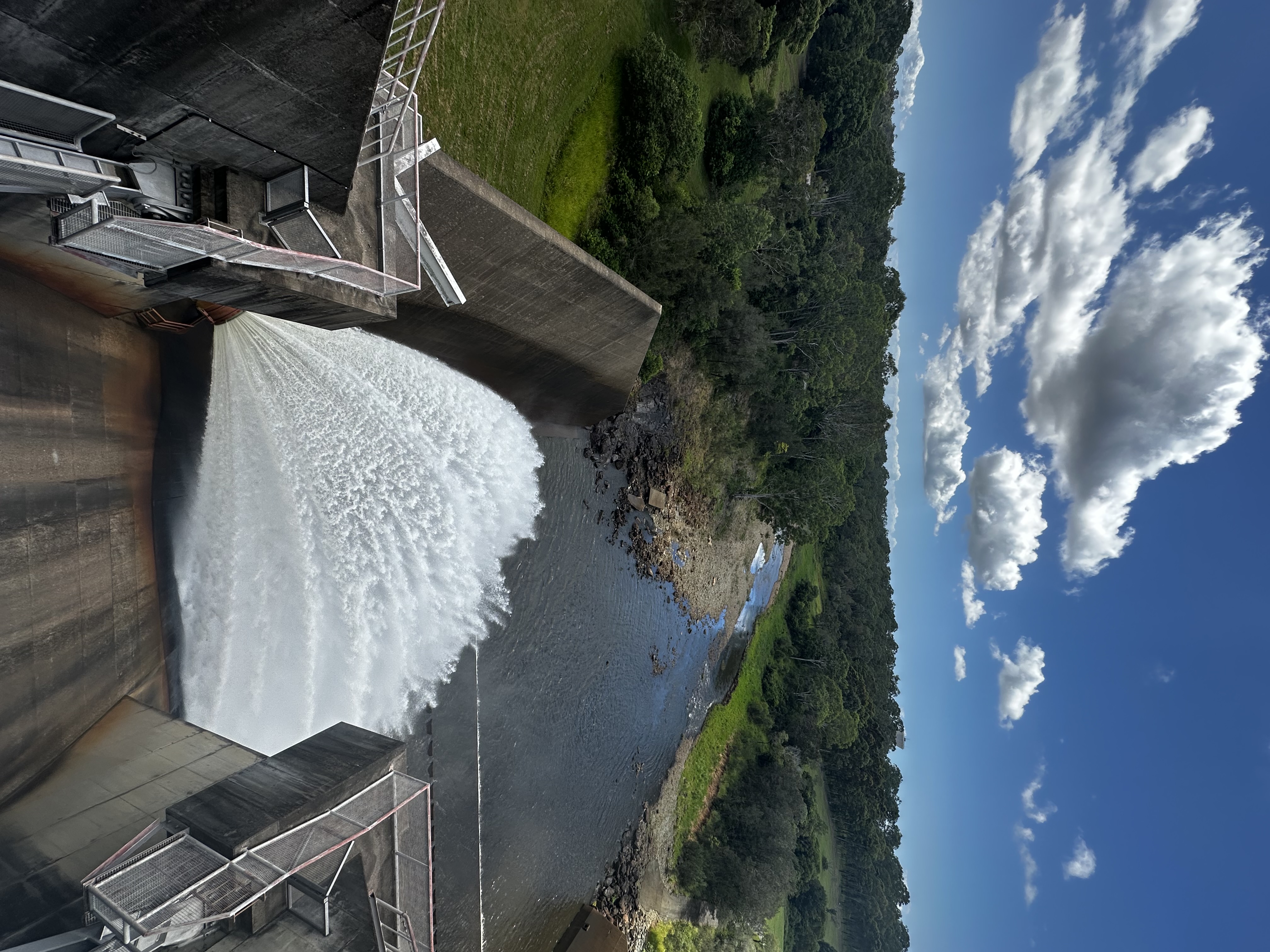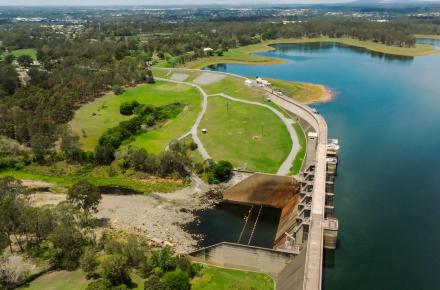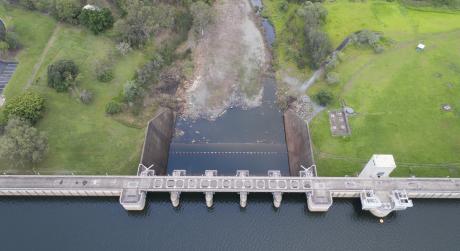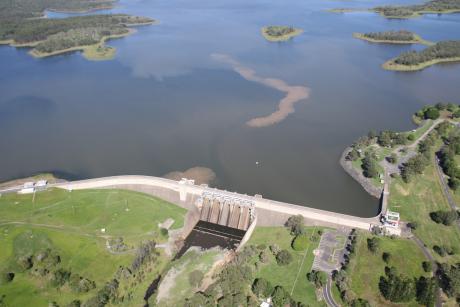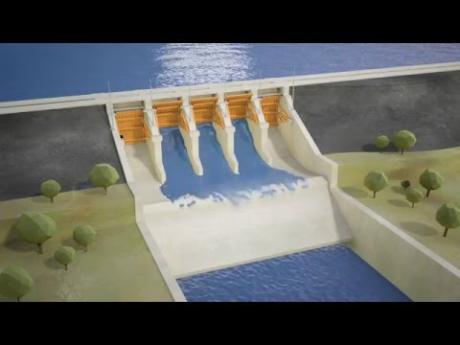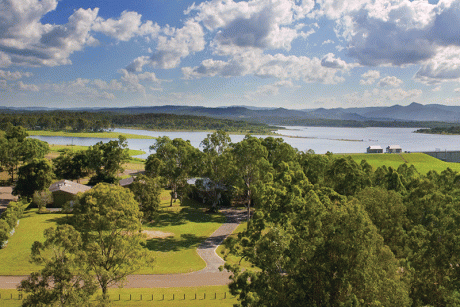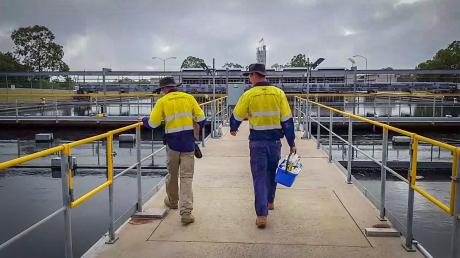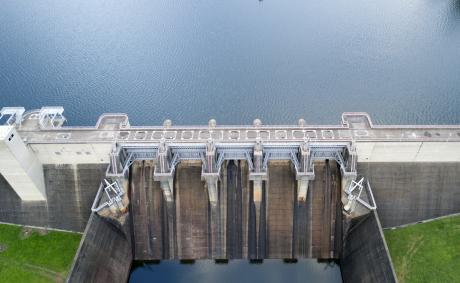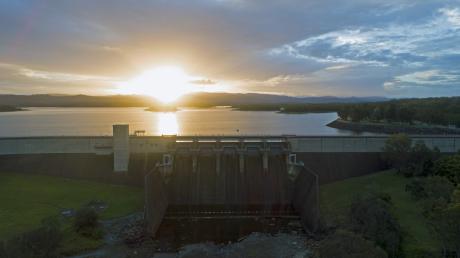Seqwater Executive General Manager Infrastructure Planning and Capital Delivery, Sarah Dixon, said the CRG offers locals a direct role in shaping the project and ensuring community voices are heard throughout the work.
“This is a chance for residents to bring their lived experience, local knowledge and passion for the area straight into the planning room to help reduce potential impacts and positively collaborate with the community throughout the important dam upgrade project,” said Ms Dixon
“We want to hear from people across a wide range of interests — whether environmental, historical, cultural, business or community-related,” she said.
The volunteer group will meet quarterly and work closely with the project team to share insights, raise concerns and maximise benefits for the region.
“It’s a collaborative forum that connects Seqwater with the broader community and helps ensure local perspectives are heard in the planning and delivery stages,” she said.
Staged strengthening works are already underway on North Pine Dam to provide enhanced benefits ahead of the major upgrade.
“North Pine Dam has operated safely since it was built in 1976 and the upgrade planned for the future will help ensure the dam meets modern engineering and design standards to provide safety and water security for years to come,” said Ms Dixon.
As part of preparation for the major upgrade, drilling to install a trial anchor is underway. 54 post-tensioned anchors will then be installed to further strengthen the dam. Once complete, North Pine Dam will feature some of the largest anchors in the world and will be the only dam in Queensland to have anchors of this size.
The strengthening works will be completed in late 2026, weather and construction conditions permitting. The works will support approximately 50 jobs on-site.
Applications for the CRG close on 9 November 2025.
Community members can submit their application for the North Pine Dam Improvement Project CRG via the online application form on the Seqwater website.
For further information or to connect with a member of the project team, email [email protected] or call 07 3432 7000 during business hours.



